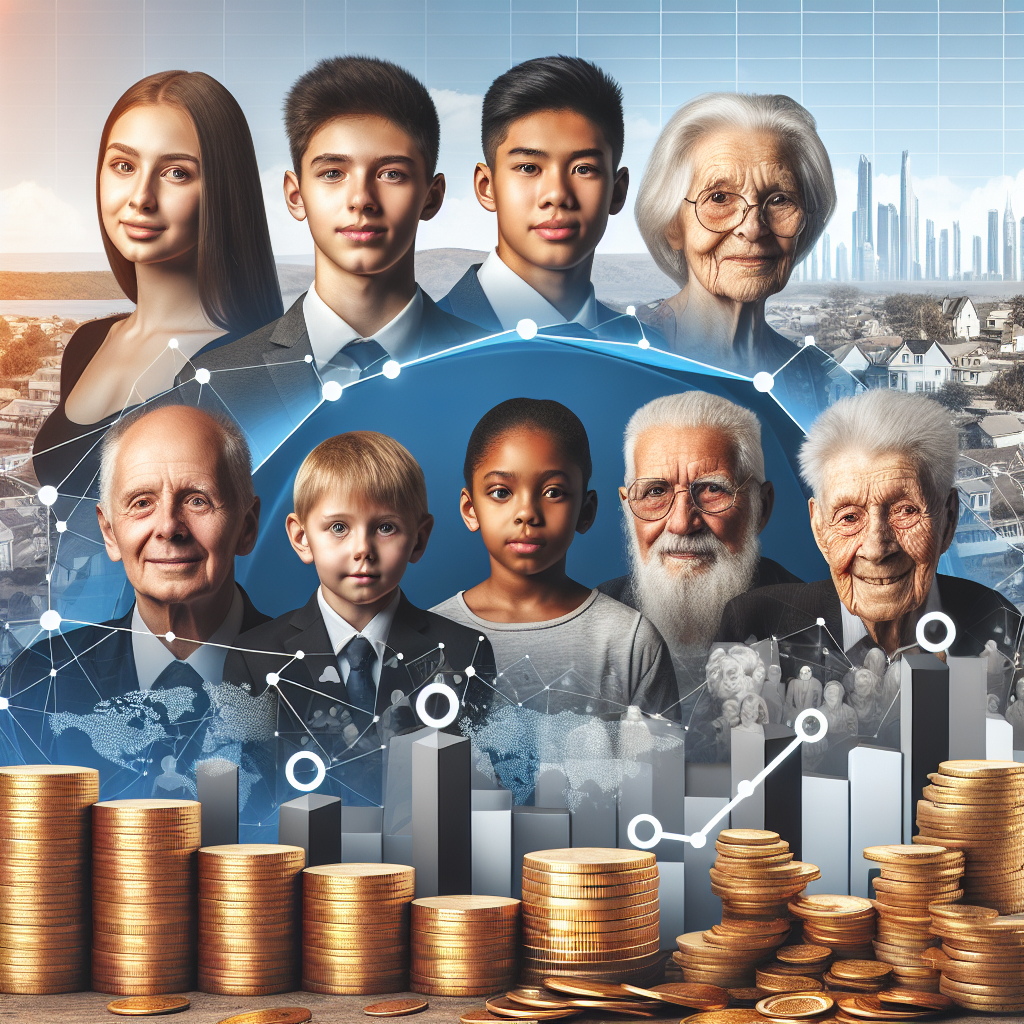Demographic changes play a crucial role in shaping the economy of any country. As the population of a region grows, shrinks, and ages, it impacts various aspects of the economy such as labor force participation, consumer demand, and government spending. Understanding these demographic changes is essential for policymakers, businesses, and investors to make informed decisions and adapt to the evolving economic landscape.
Labor force participation is one of the key ways in which demographic changes affect the economy. As the population ages, the proportion of working-age individuals in the labor force decreases. This can lead to a shrinking workforce, which may result in labor shortages and hinder economic growth. On the other hand, a growing population can increase the size of the labor force and boost economic productivity. It is important for policymakers to address these demographic trends by implementing policies that encourage workforce participation, such as promoting education and training programs for older workers and increasing immigration levels to offset declining birth rates.
Consumer demand is another critical factor that is influenced by demographic changes. Changes in population size, age distribution, and income levels can impact the types of goods and services that people consume. For example, an aging population may lead to increased demand for healthcare services and retirement products, while a younger population may drive demand for technology and entertainment products. Businesses need to be aware of these shifting consumer preferences and adjust their products and marketing strategies accordingly to remain competitive in the market.
Government spending is also affected by demographic changes. As the population ages, the demand for social security, healthcare, and other welfare programs increases, putting pressure on government budgets. This can lead to higher taxes, cuts in public services, or increased government debt if not managed properly. Policymakers must anticipate these demographic shifts and implement policies that ensure fiscal sustainability, such as raising the retirement age, reforming healthcare systems, and promoting economic growth to generate revenue.
In addition to labor force participation, consumer demand, and government spending, demographic changes also impact other aspects of the economy such as housing markets, investment patterns, and innovation. For example, an influx of young professionals in a city can drive up housing prices, while an aging population may lead to increased demand for retirement communities. Investors need to consider these demographic trends when making decisions about where to allocate their resources to maximize returns in different sectors of the economy.
Overall, demographic changes have profound effects on the economy and society as a whole. By understanding these trends and adapting to them, businesses, policymakers, and investors can navigate the changing economic landscape more effectively and ensure sustainable growth for the future.
FAQs
Q: What are some common demographic changes that impact the economy?
A: Some common demographic changes include population growth, aging populations, declining birth rates, and shifting income levels. These changes can affect various aspects of the economy such as labor force participation, consumer demand, and government spending.
Q: How do demographic changes impact businesses?
A: Demographic changes influence consumer behavior, workforce availability, and market demand, all of which affect businesses. Companies need to adapt their products, services, and marketing strategies to align with changing demographic trends to remain competitive in the market.
Q: What can policymakers do to address the challenges posed by demographic changes?
A: Policymakers can implement measures to encourage workforce participation, support economic growth, and ensure fiscal sustainability. This can include investing in education and training programs, reforming healthcare and welfare systems, and promoting policies that stimulate economic activity.
